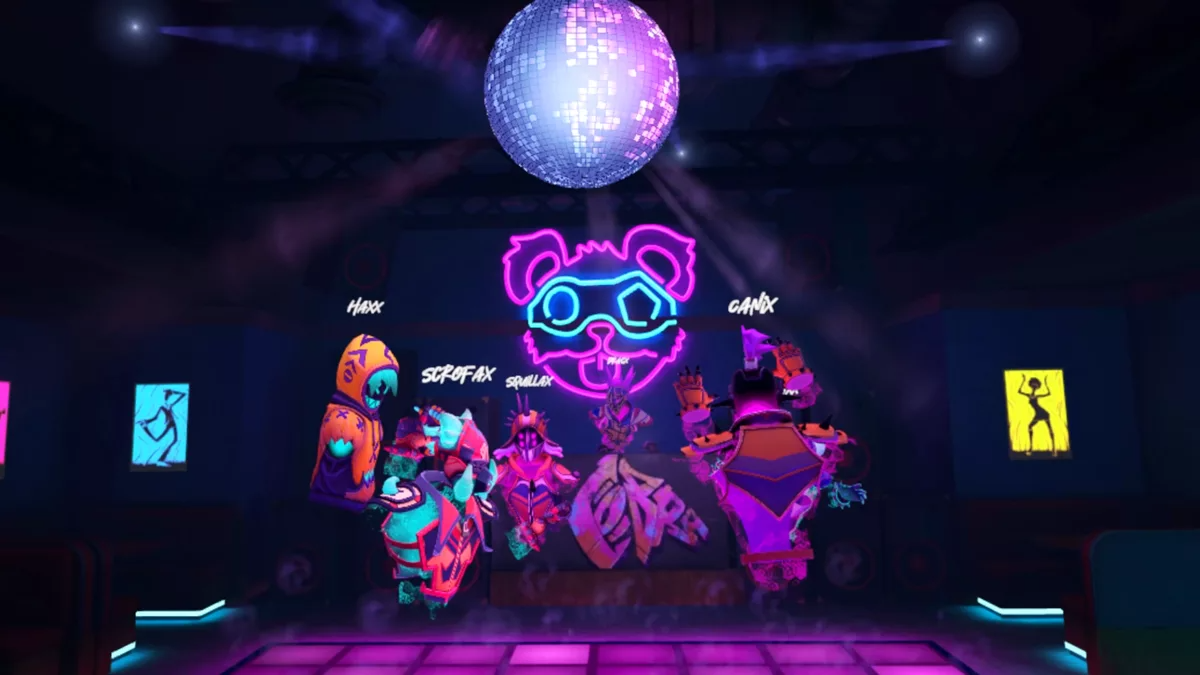The Tiny Approach to the Metaverse
The “metaverse” is everywhere you look these days, and it seems like the tech community is largely in agreement that it will exist in some form or another someday. Today though, it’s still very much in its infancy. That in itself makes it an exciting time, with many questions left unanswered in terms of just what the metaverse should look like; how it will grow and take shape, as well as how companies and brands will participate in a way that’s truly meaningful for the next generation of digital citizens.
But at the very heart of the many conversations surrounding the metaverse, you’ll find the same questions: how do people want to be connected (and how do we make this happen in the metaverse)?
So how do we get there? Let’s be honest… as someone who has been R&D-ing this for years, I can say that no one knows for sure what the metaverse will look like. But I’ve got my thoughts.
Do video games have the answer?
From the telegraph and telephone to the messaging app that you’re carrying around in your pocket, technology changes how humanity communicates. The internet was the last major innovation on this front — and we’ve seen it iterated on for decades.
And while seemingly every industry has touched the development of the internet in some crucial way, it’s video games that have really been at the forefront of this iteration. From asynchronous multiplayer games to voice chat to MMOs, and now giant action environments like Fortnite, video games have experimented endlessly with how to foster deep and meaningful social interactions using the latest technologies.
But what is it about video games that brings so many people onboard to try something new? The answer might be obvious, but I think it’s key to building whatever it is the metaverse will eventually be: they bring people together around a common interest.
The ‘tiny’ path to a metaverse
Now here’s where it gets interesting… While some are taking the meta approach to move things forward, we’re taking the “tiny” approach. Why? Because that’s what our players want, and that’s how we see the metaverse shaping up: as a series of tinyverses focusing on specific interests that bring people together as an entry point into a (possibly) larger metaverse.
At the very end of 2020 we released Ozo Lounge — a unique social space where users with a shared interest (in this case, our futuristic dueling game Blaston) could come together to meet and interact outside of the game. Ozo Lounge provides new activities built around fostering conversation, and even opens gateways back into the game where new friends can jump into a match together while others spectate. And because it was released as a free update to the game, our players all had easy access to explore an immersive social setting at their leisure.
And we did it again, by bringing an all new community experience to Demeo with the launch of Heroes’ Hangout recently.
Finding what links communities
Connecting people is crucial, but finding a reason to connect them is the string that ties it all together. While it’s hard to imagine exactly what the metaverse will look like in ten or twenty years, I’d be surprised if there wasn’t some element of “tiny” at its very core.
By creating small environments tailored to interests and providing users with plenty of optional activities that foster new relationships and interactions, the metaverse can work for everyone. It’s the difference between becoming a regular in your neighborhood pub and trying to make friends in an airport.
The next time you’re in a multi-user environment, be sure to notice how it tries to foster user interactions. If it’s built on shared themes and experiences, you never know — you might just become a regular.




